INTRODUCTION
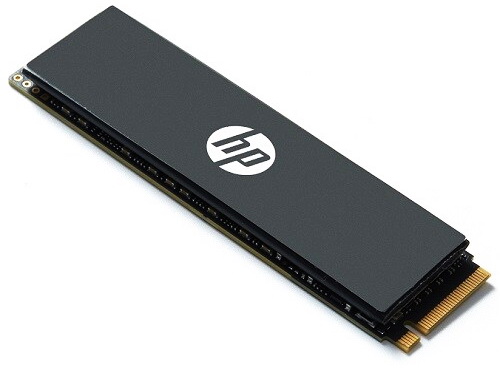
With just a couple of months away until the official launch of the very first consumer oriented PCIe 5.0 Gen5 SSD models more and more PCIe 4.0 Gen4 are getting released every single day into the market. Now as many of you are certainly aware compared to PCIe 3.0 Gen3 M.2 NVMe SSDs and even SATA SSDs we haven't seen nearly that many DRAMless PCIe 4.0 Gen4 M.2 NVMe models, something which never did sit well with me (not with the performance increase between PCIe 3.0 and 4.0 models). Lately however not 1 but 2 DRAMless PCIe 4.0 Gen4 M.2 NVMe v1.4 models arrived in the lab almost at the same exact time, the ATOM 50 1TB by XPG/ADATA (review here) and the FX900 1TB by HP (BIWIN).
HP ranks annually among the world's most recognized and valuable brands. Fuelled by innovative research and distinctive marketing, the HP brand is famous as a world leader in personal computers, printers, and other IT products. Under an official worldwide license, HP personal storage (SSDs, DRAM, and memory cards) products are designed, built, marketed, and sold by BIWIN Storage Technology. All trademarks are property of the respective brand owners.
Just like the XPG ATOM 50 the HP FX900 (currently available in 256GB/512GB/1TB/2TB capacities) is also based on the same RainierQX IG5220 DRAM-less NAND flash controller by Innogrit which is once again paired with Micron's 176-layer 3D TLC NAND flash. The Innogrit RainierQX IG5220 is a quad-channel NAND flash controller that features support for various technologies including the Host Memory Buffer (HMB) architecture (basically takes up a fraction of your PC's system memory to cache mapping tables - only supported on versions of Windows 10/11 launched from 2019 and beyond), end-to-end data protection, Gen3 LDPC (low-density parity check) error-correction with SRAM ECC, programmable RAID, smart cache, TRIM, NCQ, AES 256-bit encryption, SHA3 256, ONFI 5.0 and Toggle 2/3/4/5.0. In terms of performance the FX900 1TB can reach 5000MB/s in reads and 4800MB/s in writes whereas in terms of durability HP reports a TBW (terabytes written) of 100/200/400/800TB for the available variants (256GB/512GB/1TB/2TB) and a MTBF (meantime between failures) of 1.000.000 hours (the entire FX900 line is covered by a 5 year limited warranty). So, let's see what the HP (BIWIN) FX900 1TB is capable of.
SPECIFICATIONS AND FEATURES

PACKAGING AND CONTENTS
HP (BIWIN) packs the FX900 inside a small box that has a product picture at the front together with the company logo, drive capacity and its main features.
The drive specifications and system requirements are placed at the rear of the box.
Inside the box you'll find the FX900, mounting screw and a quick start guide.
THE FX900 1TB
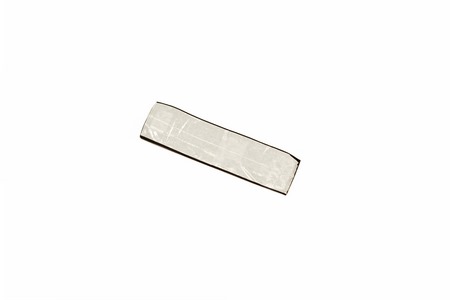
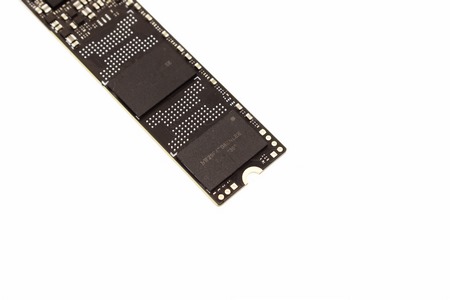
Turning the drive around we find a sticker with various details printed on it.
TEST BED
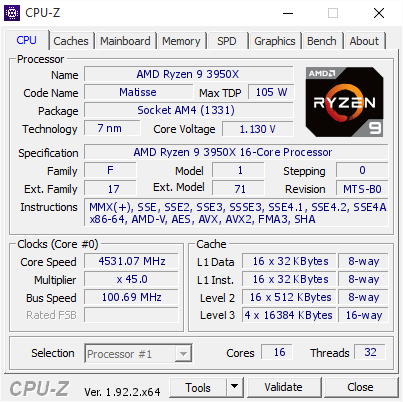

TESTING METHODOLOGY
Not long after I first started testing SSDs back in 2008, I concluded that it's almost impossible for any single benchmark suite to accurately measure their performance and that's why in certain benchmark suites we see amazing read/write performance numbers with some drives while in others things are quite different. The reason behind this is that some benchmarking suites are configured to read and write random chunks of data while others read and write constant (sequential) ones. So that's why i always use a very wide selection of benchmarking suites including AIDA64, HD Tach RW, HD Tune Pro, Crystal Disk Mark, Sisoftware Sandra Pro, AS SSD, IOmeter and ATTO. To get the most accurate results each test gets repeated a total of 6 times with the average performance numbers recorded into the charts*/****. Also, as of February 25th 2015 our results will also include the Storage Networking Industry Association’s (SNIA) IOMeter tests. These tests include a 12 Hour write test used to “simulate” performance degradation over time and a mixed workload test which basically shows what you can expect when using an SSD continuously for roughly two hours. Unfortunately, due to the time required for these tests they get repeated a total of 3 times and not 6 as the above.
Many people have made inquiries about our charts in the past so once again please do keep in mind that the Charts have the average performance numbers of each drive recorded and not the peak (highest) ones. Also, although every single one of these programs can help potential buyers choose the right drive for their needs you should also remember that from any kind of benchmark up to real world usage the gap is not small (and usually most differences will go unnoticed by most people). All tests were performed in a fresh Windows 10 Pro x64 installation complete with every update up to the date of this review.
* Since November 2018 the SSD comparison charts have been divided to 2.5” and M.2 models to reduce their growing size.
** Unless stated otherwise the Ryzen 9 3950x based Test Rig used for M.2 Gen 4 SSD reviews is not located in the lab.
*** As of January 2021 for Gen 3x4 models I’ll be using the Core i9-7980XE test rig (after numerous tests the up to 6% difference in read & write performance compared to the i7-6700 system simply wasn’t enough to justify having an extra test rig around).
**** Since February 2022 M.2 NVMe Gen3 and Gen4 SSD drives are placed in different charts.
TEST RESULTS - AIDA64 / ATTO


TEST RESULTS - HD TACH RW / HD TUNE PRO


TEST RESULTS - SISOFTWARE SANDRA PRO / CRYSTAL DISK MARK


TEST RESULTS - AS SSD / IOMETER
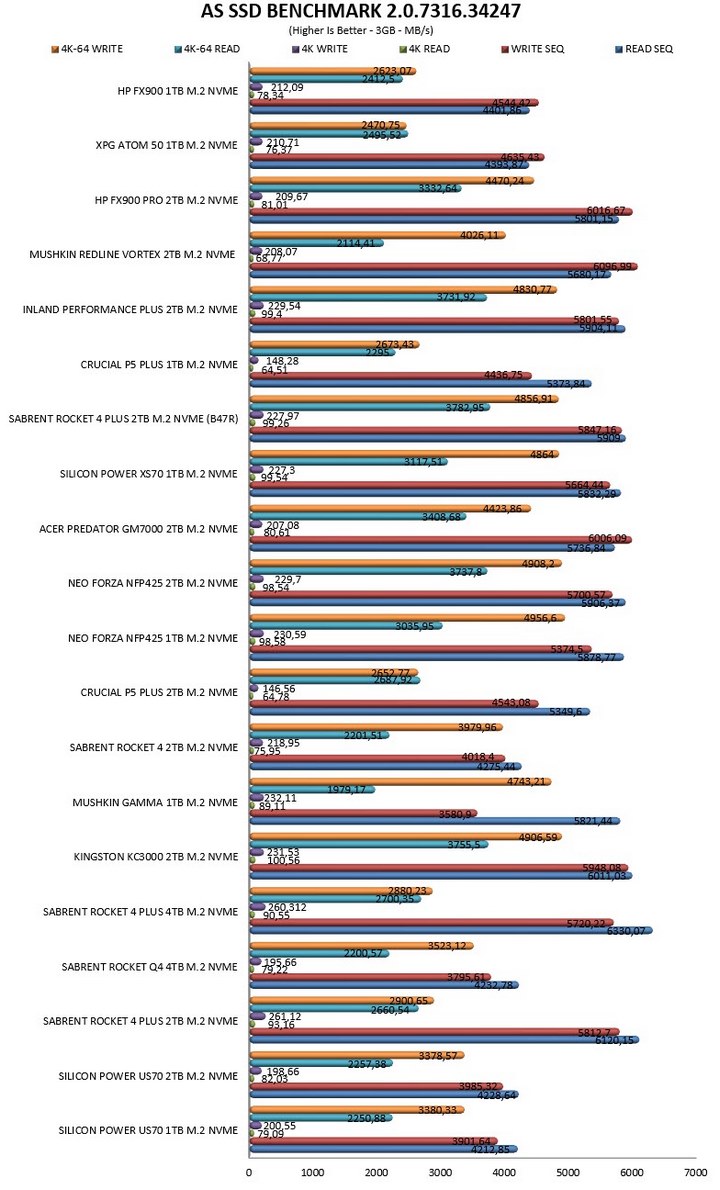
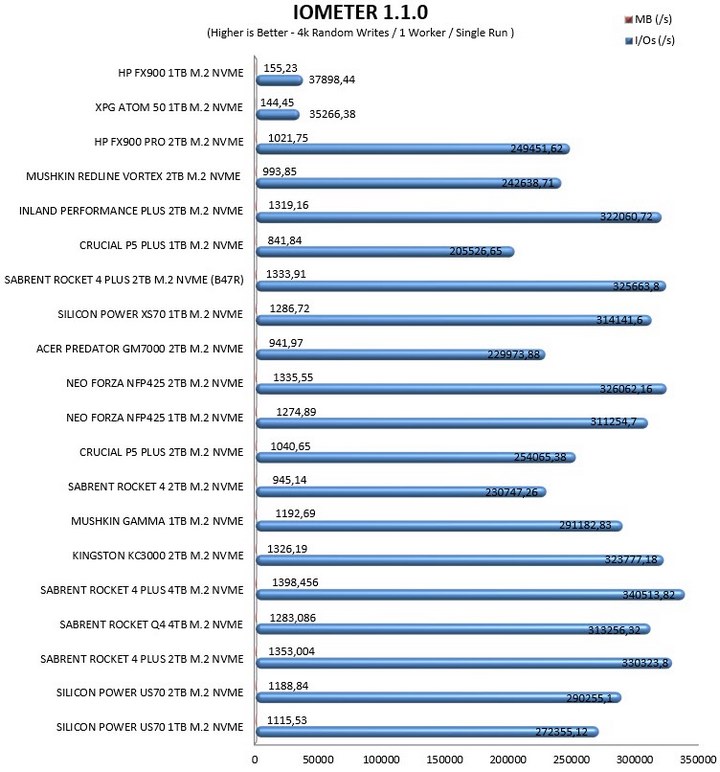
TEST RESULTS - IOMETER SNIA
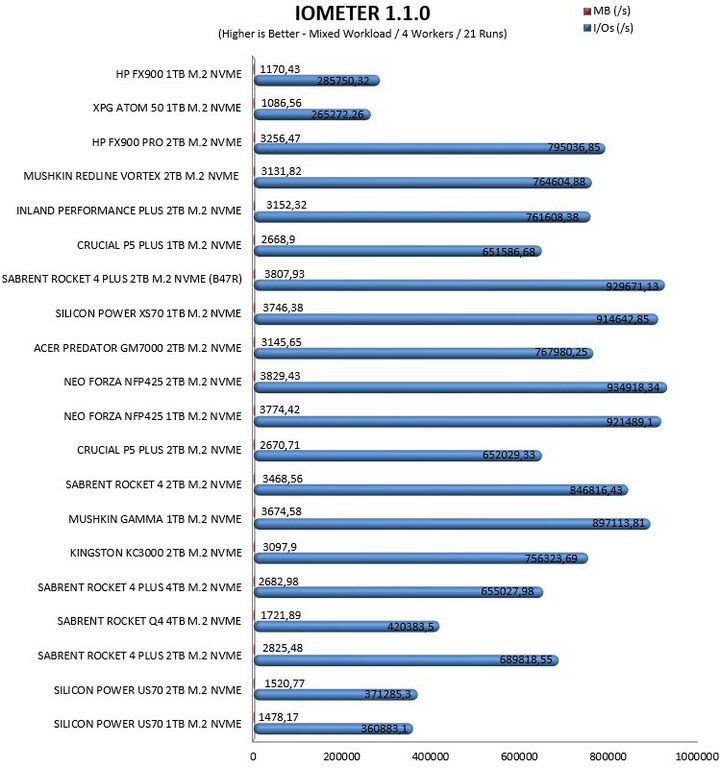
CONCLUSION

Two things one can take away from today’s review, 1st that even though both the ATOM 50 and FX900 are based on the same Innogrit RainierQX IG5220 DRAMless NAND flash controller and Micron 176-layer 3D TLC NAND combo the latter actually outperforms the former in almost every single test (alas not by a huge difference - the ATOM 50 does have higher durability/endurance numbers however) and 2nd that this is a very good SSD, for a DRAMless model at least. Yes, the 5000MB/s of the FX900 model may not come very close to the 7000MB/s achieved by the FX900 Pro model but it should be more than enough for the majority of users out there which is exactly what such models aim to achieve. You can always opt for the FX900 Pro model if you’d like something faster but again for most usages the FX900 should be plenty. My sole issue right now is with available capacities and with many competitors climbing up to 8TB (some even higher) just 2TB seems way too low so I do hope BIWIN addresses this sooner rather than later.
Retailing for USD104.99 inside the USA (Amazon.com) and for around 150Euros inside the EU the HP FX900 1TB Gen4 M.2 NVMe SSD is priced properly, on the other side of the Atlantic that is. Overall, the FX900 is faster and in more capacities than the ATOM 50 and those for many people will be enough. On the other hand, however the ATOM 50 comes with higher durability numbers so I do expect some people to choose based on that. So, if speed’s is what you’re after I strongly recommend checking the FX900 1TB M.2 NVMe SSD by HP out, it shouldn’t disappoint you.
PROS
- Good Performance (Up to 5000MB/s Read & 4800MB/s Write)
- Available Capacities (256GB/512GB/1TB/2TB)
- Graphene Laced Pad
- 5 Year Limited Warranty
- Price (USA)
CONS
- Overall IOMeter Performance
- Thermal Throttling (During SNIA Tests)
- Price (EU)

 O-Sense
O-Sense





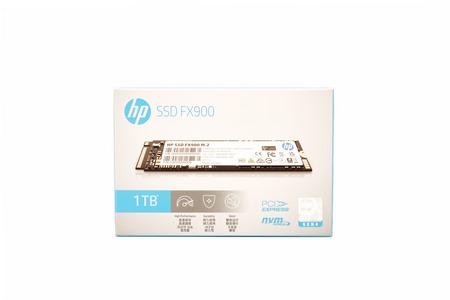
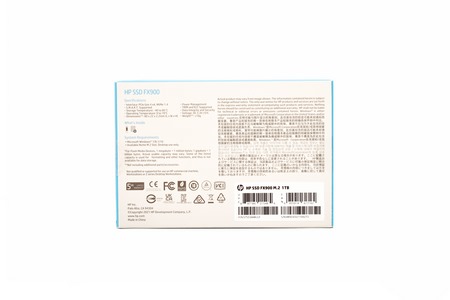
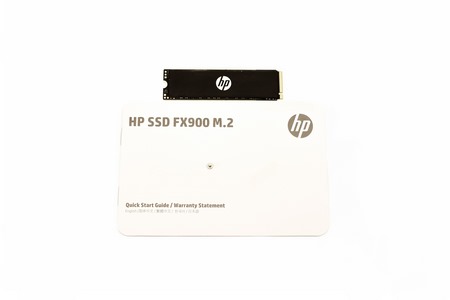
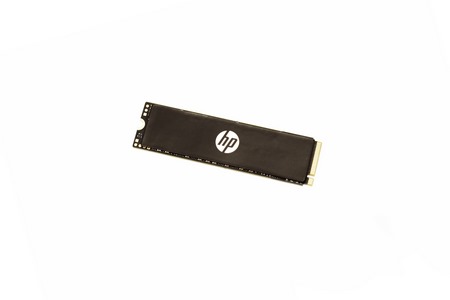
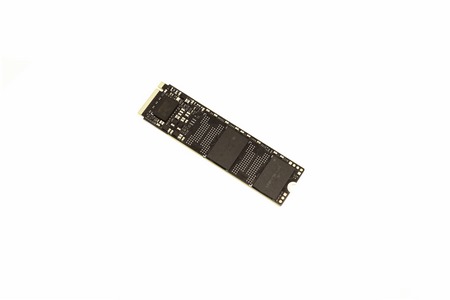
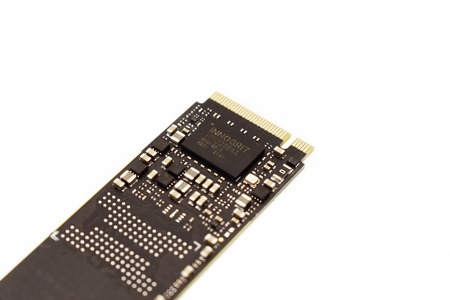
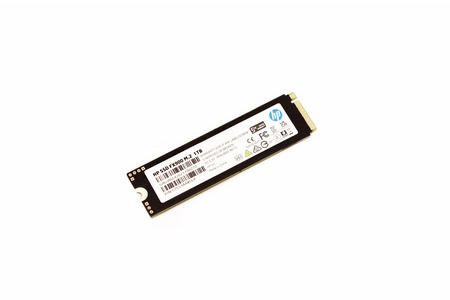
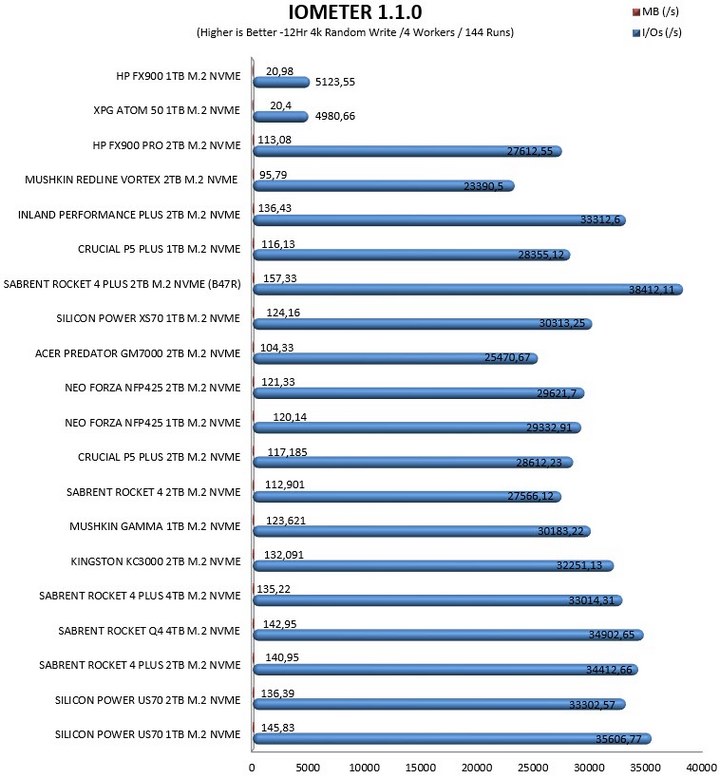
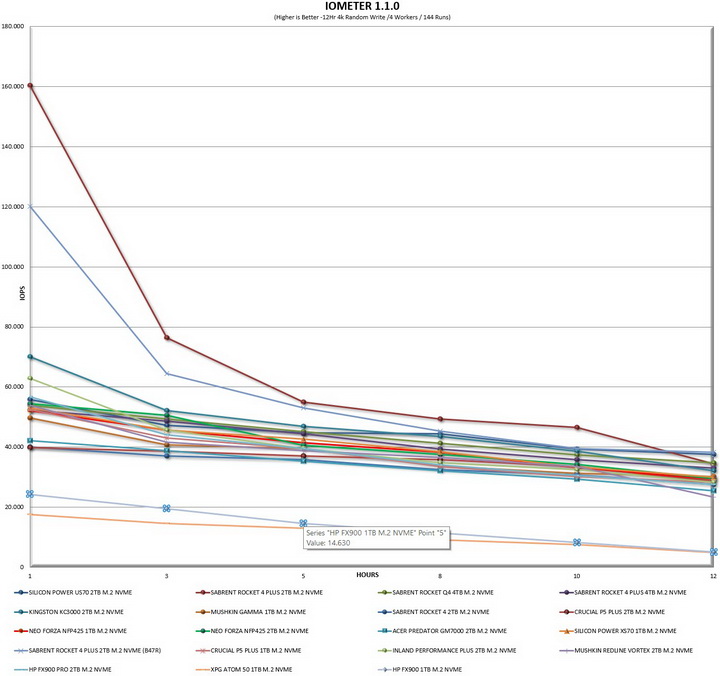


.png)

